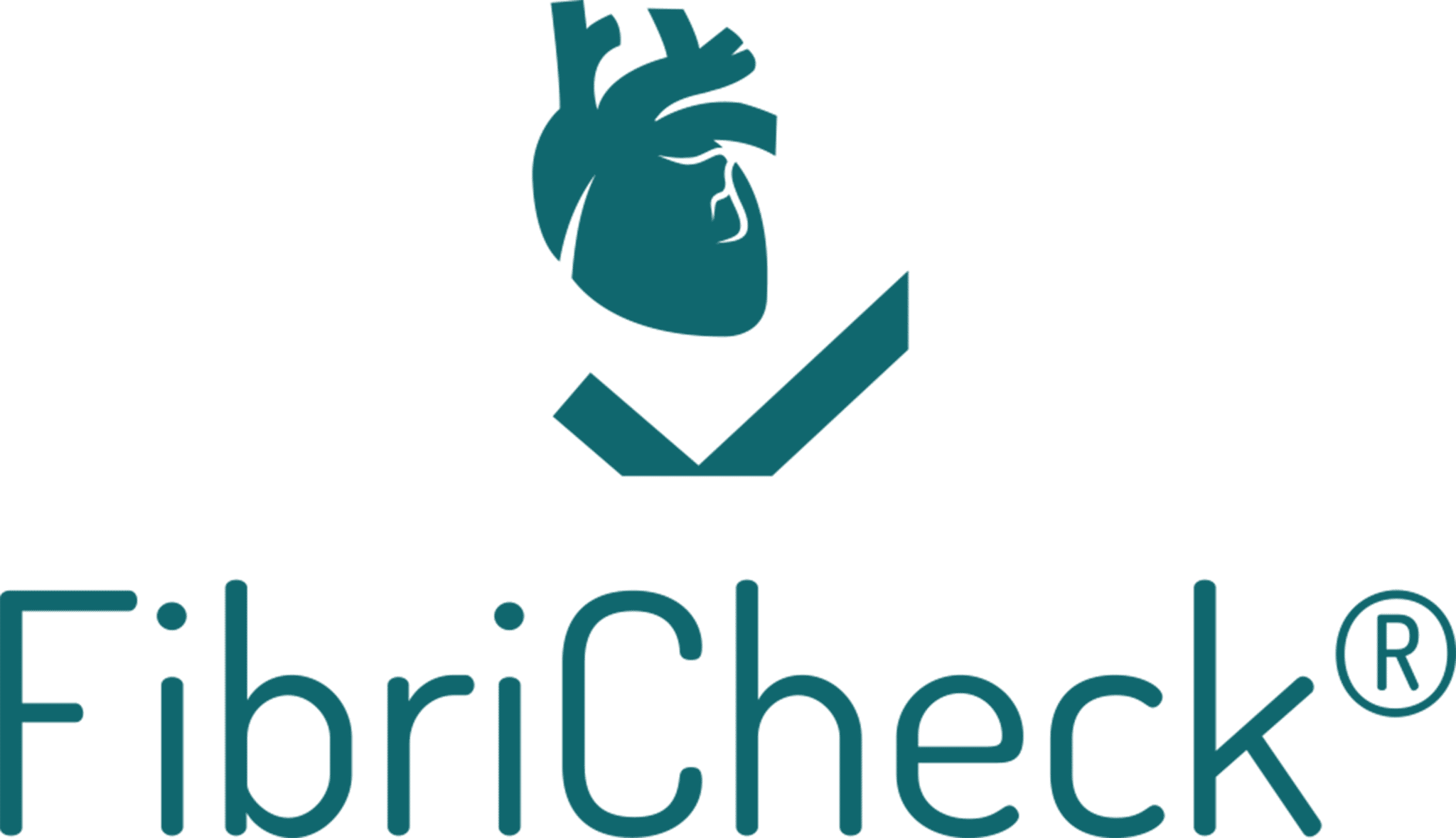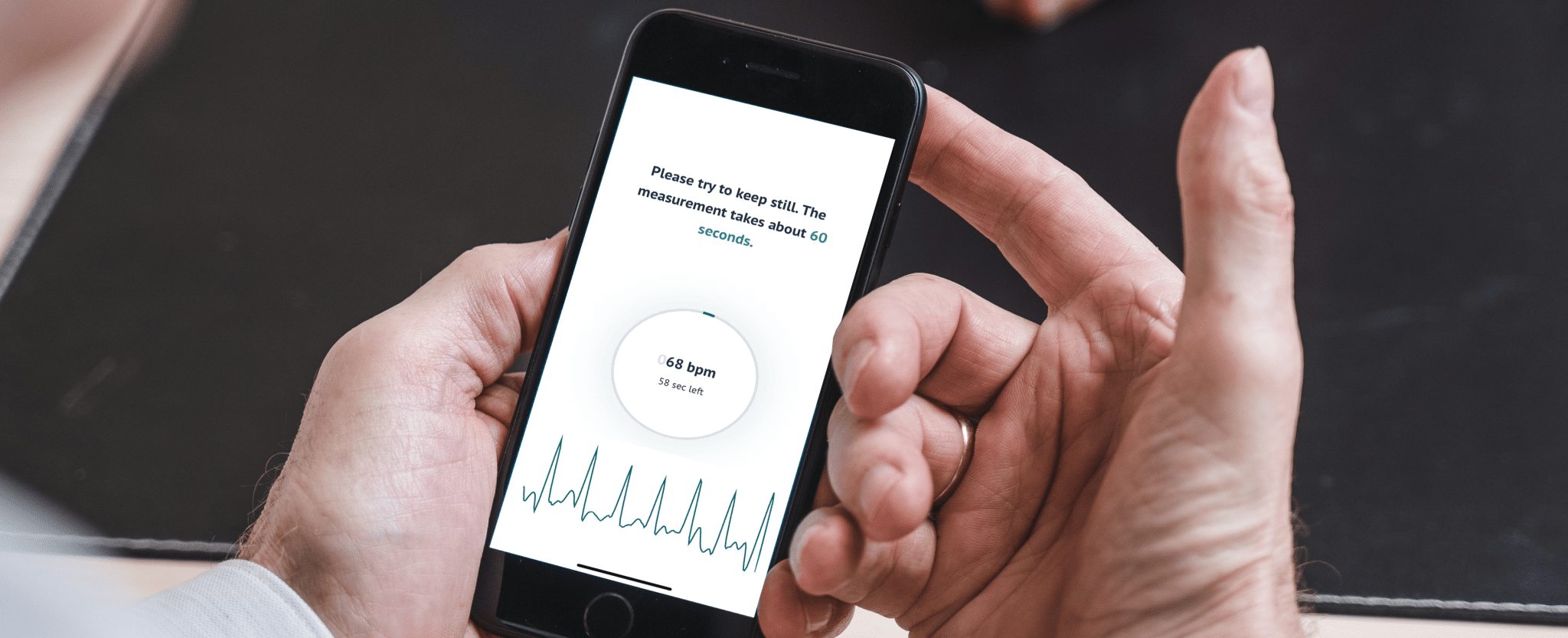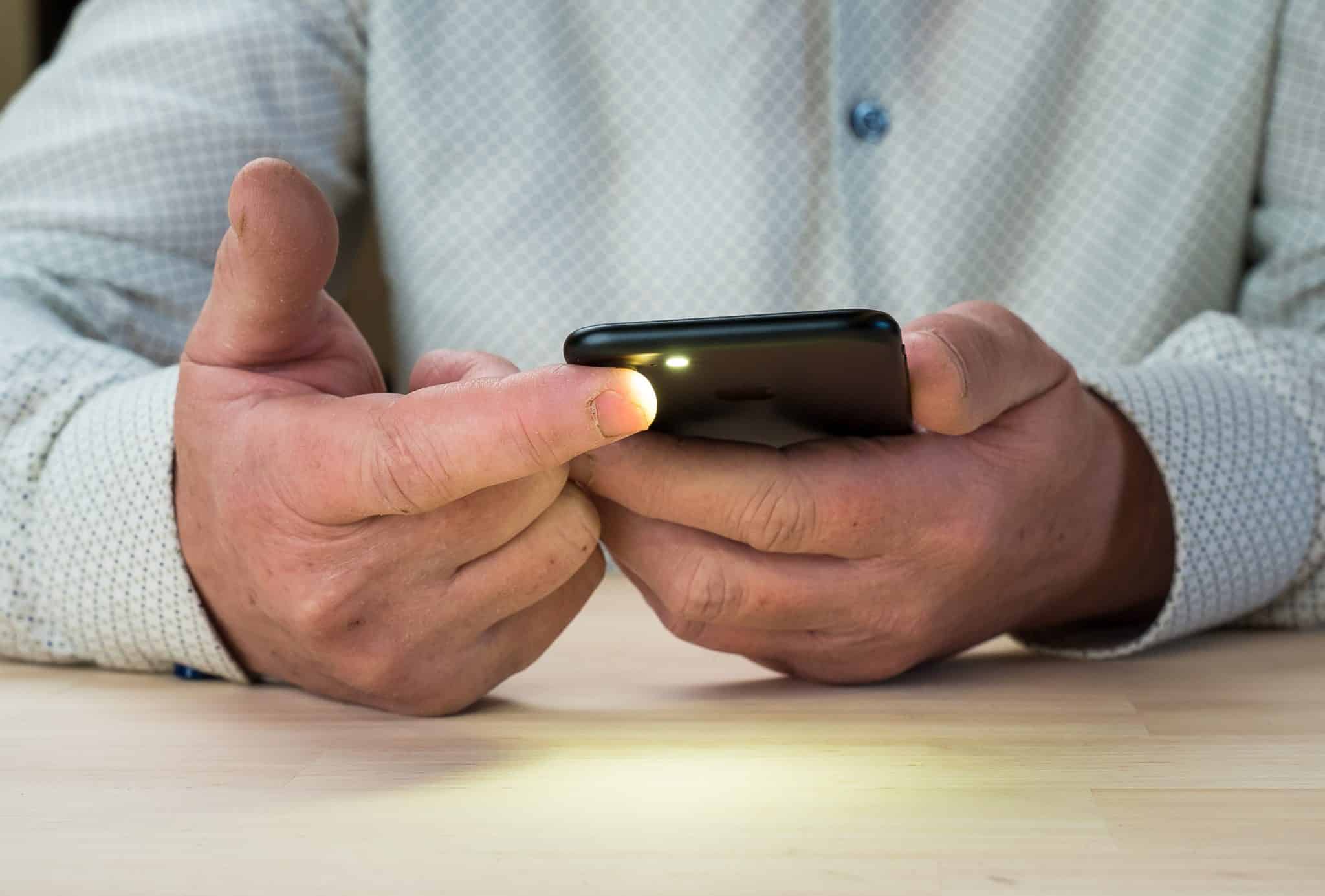At FibriCheck, we’re constantly exploring innovative ways to enhance our products and advance the future of heart health. Our latest update introduces our newly upgraded AI algorithm which gives physicians greater confidence in interpreting results, while providing patients with a more user-friendly experience.
This powerful update builds on our industry-leading performance, providing a new level of signal clarity. It further reduces our already low rate of uninterpretable readings by 10% and helps physicians better assess the PPG trace, flagging 2.4% more potential atrial fibrillation cases for their expert review.
Superior clinical confidence thanks to better heartbeat detection
FibriCheck works with photophletysmography (PPG) technology, which uses a detector and a light source on the surface of the skin to measure heart rate and heart rhythm with 99% clinical accuracy. The latest update of our algorithm increased the quality of our extracted PPG signals, which led to increased interpretability, higher detection yield and increased algorithm performance. As a result, healthcare professionals benefit from boosted clinical confidence and improved heart rhythm assessment.
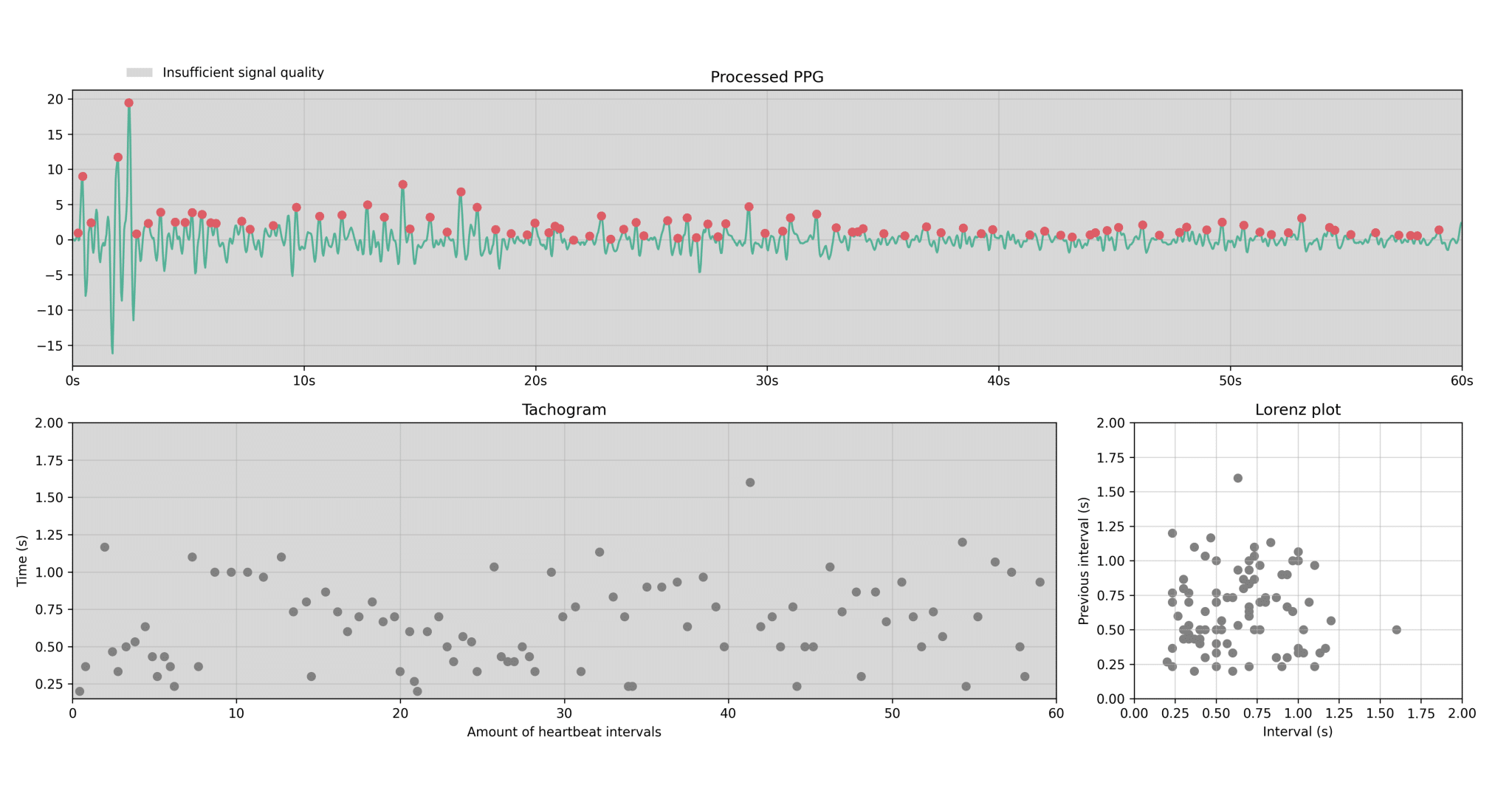
Analysis with the old algorithm – This is a measurement analysed by our previous algorithm, in which it is impossible to extract the heart rate pattern due to signal noise. This results in an insufficient signal quality across the entire measurement.
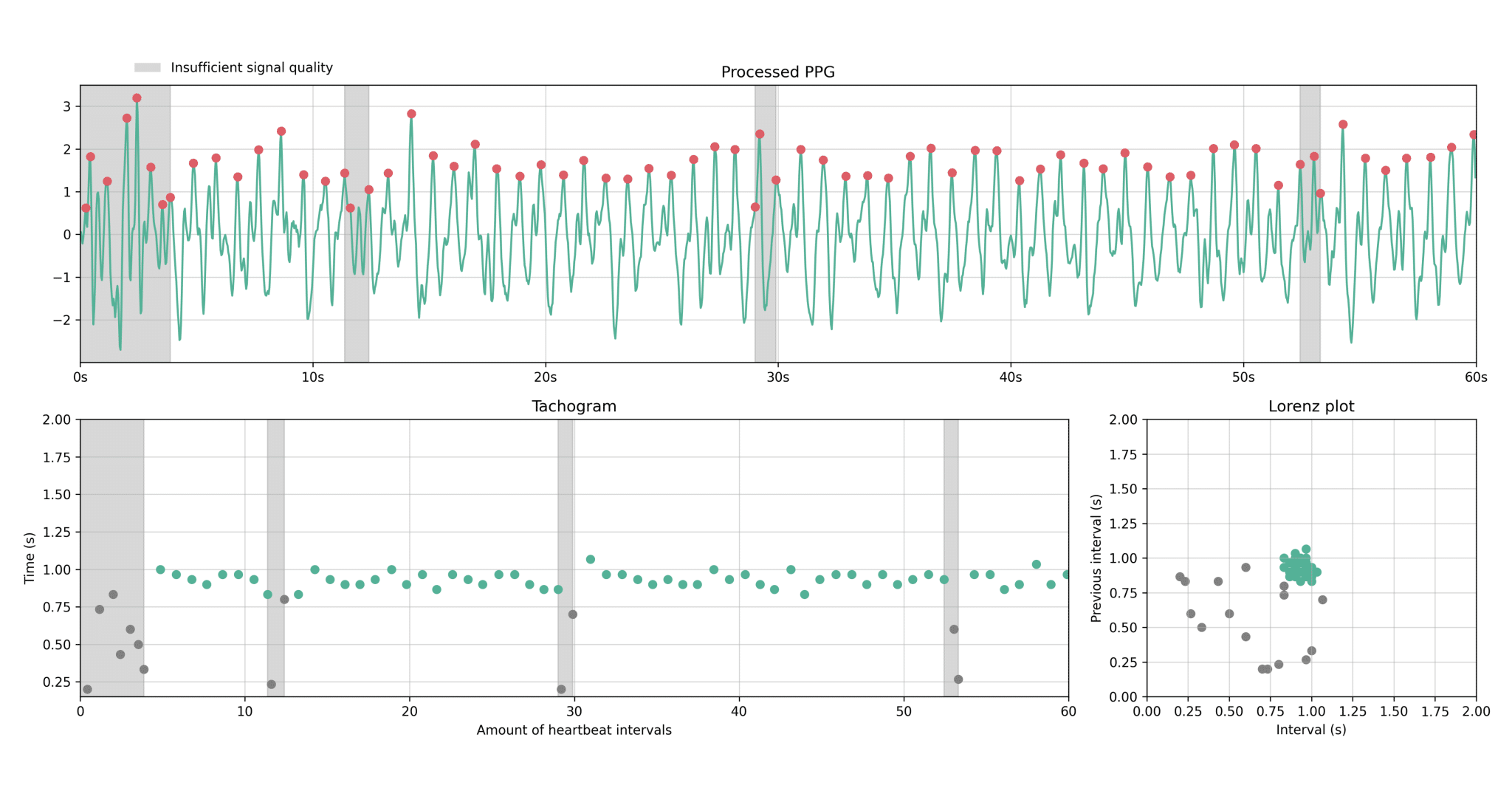
Analysis with the new algorithm – This figure illustrates the impact of the new algorithm, which is able to clean up the signal up to a point that it actually reflects the patient’s heart rhythm and drastically lowers the percentage of insufficient quality in the measurement. Same measurement using the new algorithm is now categorized as a normal heart rhythm
Improved patient adherence through higher-quality readings
In a head-to-head comparison with established, state-of-the-art devices, FibriCheck had already achieved the lowest proportion of insufficient-quality measurements with only 6.2% insufficient quality measurements as opposed to 13.7% for six-lead handheld ECGs and 13.5% for smartwatch ECGs. With the release of our new and improved algorithm, we’ve even achieved an additional 10% relative reduction in uninterpretable readings, driven by enhanced signal selection.
By improving the overall measurement quality, the need for repeat measurements after a failed one is reduced, thereby saving time and effort from patients and minimizing patient frustration. This leads to greater trust, motivation, and ultimately, better adherence to the monitoring process which is currently already at 95%. Importantly, this focus on quality also directly reflects what we hear from our users. One of the most consistent pieces of feedback we get is that users want us to reduce issues caused by insufficient signal quality. We take this feedback to heart and actively innovate to make the user experience better.
Boosted diagnostic yield to detect even more cases of atrial fibrillation
Our updated algorithm enhances diagnostic yield by identifying 2.4% more cases of atrial fibrillation that may have previously gone undetected. This improvement not only supports earlier and more accurate diagnosis but also demonstrates increased clinical value for both payers and prescribers, thanks to the increase of qualifiable measurements. With better PPG readability and improved signal quality, clinicians can make more confident decisions, boosting diagnostic efficiency and ultimately strengthening clinical confidence across the care pathway.
A major step forward in signal quality and diagnostic yield
The release of our updated algorithm marks a significant advancement in signal quality, diagnostic reliability, and user experience. With enhanced PPG readability and more accurate heartbeat detection, it delivers real benefits for both healthcare professionals and patients by supporting more confident diagnoses and reducing frustration from poor-quality readings.
Get our latest news and innovations delivered straight into your inbox

Created on August 14th, 2025 at 12:20 pm
